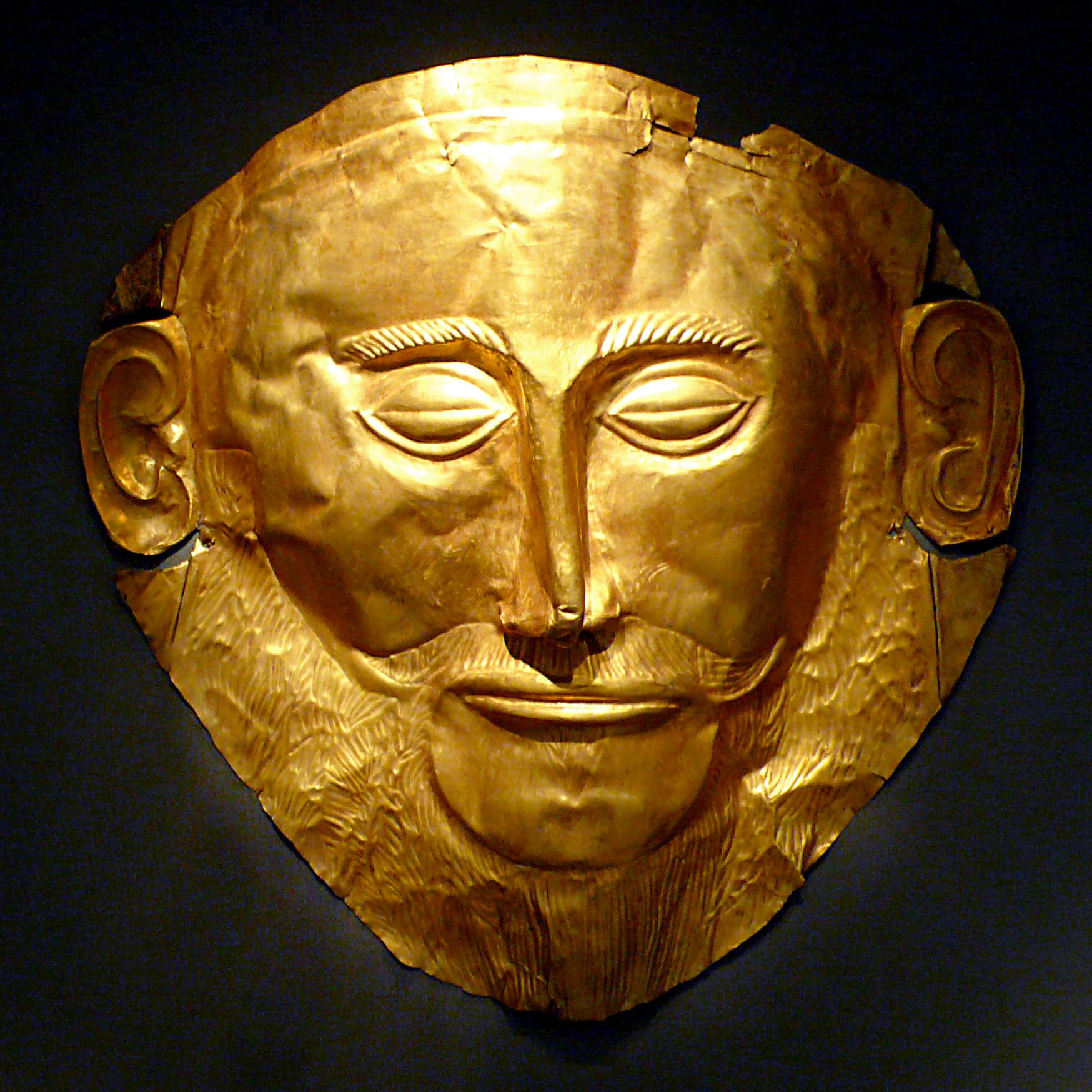|
HMS Orestes (1824)
Several ships of the Royal Navy have carried the name HMS ''Orestes'', after the mythical son of Agamemnon, who avenged his father's murder: * was a Dutch-built brig-sloop. She was captured from the Dutch in 1781, taken into Royal Navy service, and disappeared in the Indian Ocean in 1799. * was a ship sloop of 14 guns, purchased in 1803; her crew burnt her in 1805 to prevent the enemy capturing her. * was a of 16 guns, launched in 1805 and sold in 1817. * was a sloop, launched on 31 May 1824 and converted into a coal depot in 1852. * was a , launched on 18 August 1860 and scrapped in 1866. * , an , launched in 1916 and sold for scrap in 1921. * was an , sunk as a target in Seacat missile trials. {{DEFAULTSORT:Orestes, Hms Royal Navy ship names ... [...More Info...] [...Related Items...] OR: [Wikipedia] [Google] [Baidu] |
Royal Navy
The Royal Navy (RN) is the United Kingdom's naval warfare force. Although warships were used by English and Scottish kings from the early medieval period, the first major maritime engagements were fought in the Hundred Years' War against France. The modern Royal Navy traces its origins to the early 16th century; the oldest of the UK's armed services, it is consequently known as the Senior Service. From the middle decades of the 17th century, and through the 18th century, the Royal Navy vied with the Dutch Navy and later with the French Navy for maritime supremacy. From the mid 18th century, it was the world's most powerful navy until the Second World War. The Royal Navy played a key part in establishing and defending the British Empire, and four Imperial fortress colonies and a string of imperial bases and coaling stations secured the Royal Navy's ability to assert naval superiority globally. Owing to this historical prominence, it is common, even among non-Britons, to ref ... [...More Info...] [...Related Items...] OR: [Wikipedia] [Google] [Baidu] |
Agamemnon
In Greek mythology, Agamemnon (; grc-gre, Ἀγαμέμνων ''Agamémnōn'') was a king of Mycenae who commanded the Greeks during the Trojan War. He was the son, or grandson, of King Atreus and Queen Aerope, the brother of Menelaus, the husband of Clytemnestra and the father of Iphigenia, Electra, Laodice (Greek myth), Laodike (Λαοδίκη), Orestes and Chrysothemis. Legends make him the king of Mycenae or Argos, Peloponnese, Argos, thought to be different names for the same area. Agamemnon was killed upon his Returns from Troy, return from Troy, either by his wife's lover Aegisthus or by his wife herself. Etymology His name in Greek, Ἀγαμέμνων, means "very steadfast", "unbowed" or "resolute". The word comes from Linguistic reconstruction, *Ἀγαμέδμων (''*Agamédmōn'') from ἄγαν, "very much" and wikt:μέδομαι, μέδομαι, "think on". Description In the account of Dares Phrygius, Dares the Phrygian, Agamemnon was described as ". . .bl ... [...More Info...] [...Related Items...] OR: [Wikipedia] [Google] [Baidu] |
Brig-sloop
In the 18th century and most of the 19th, a sloop-of-war in the Royal Navy was a warship with a single gun deck that carried up to eighteen guns. The rating system covered all vessels with 20 guns and above; thus, the term ''sloop-of-war'' encompassed all the unrated combat vessels, including the very small gun-brigs and cutters. In technical terms, even the more specialised bomb vessels and fireships were classed as sloops-of-war, and in practice these were employed in the sloop role when not carrying out their specialised functions. In World War I and World War II, the Royal Navy reused the term "sloop" for specialised convoy-defence vessels, including the of World War I and the highly successful of World War II, with anti-aircraft and anti-submarine capability. They performed similar duties to the American destroyer escort class ships, and also performed similar duties to the smaller corvettes of the Royal Navy. Rigging A sloop-of-war was quite different from a civilian ... [...More Info...] [...Related Items...] OR: [Wikipedia] [Google] [Baidu] |

